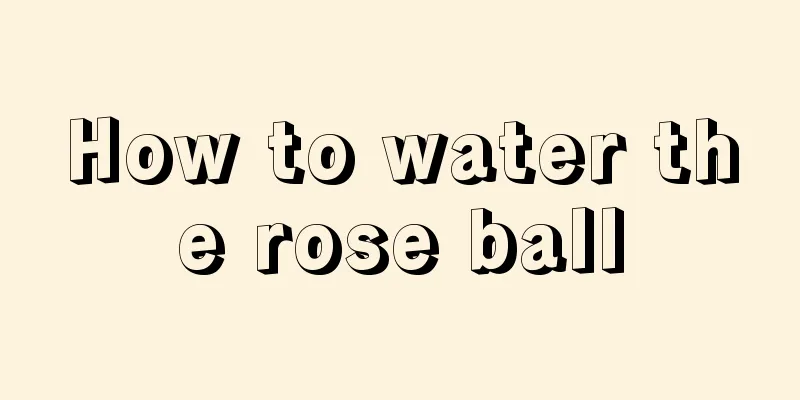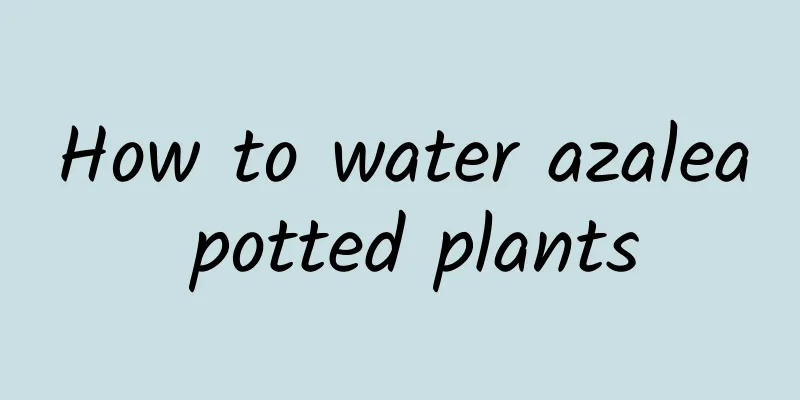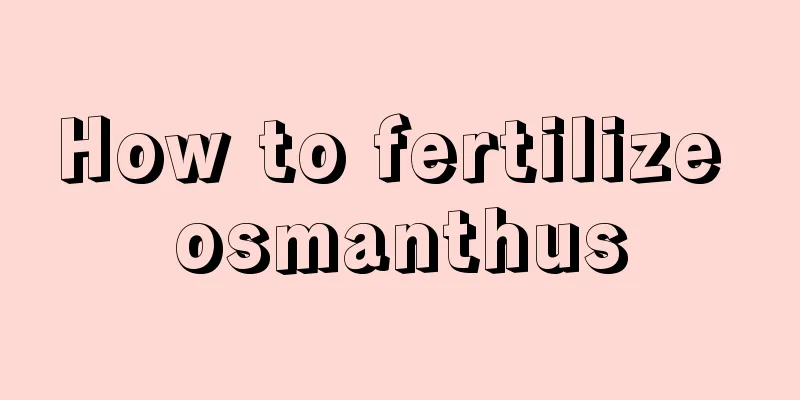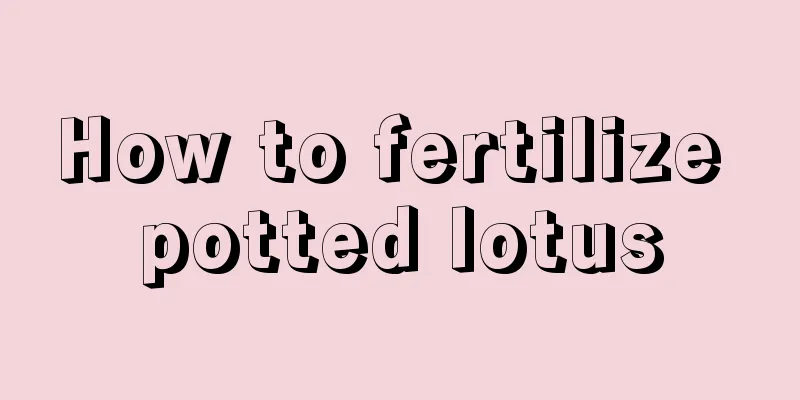How to cultivate snake fruit

1. Maintenance methods1. Temperature: It can be seen from the distribution latitude of its origin that it has relatively high requirements for temperature. Generally speaking, the quality and yield of fruits will be good only in areas where the annual average temperature is above 22 degrees. In addition, the average temperature of the coldest month must be above 18 degrees. 2. Light: Whether there are good sunlight conditions has a great impact on the flowering and subsequent fruiting of snake fruit. If it is in a place that is too dark, its growth will be seriously hindered. Generally speaking, unless the light is particularly strong, there is no need for shade, and full sunlight is sufficient. 3. Watering: Salak has high requirements for humidity. In addition to keeping the soil moist, you must also pay attention to the air humidity, which generally should be above 85%. Therefore, in dry seasons, we also need to find ways to increase humidity. 4. Fertilization: Appropriate amount of fertilizer is helpful for fruit yield. But in general, the amount of fertilizer applied does not need to be too much. It can be done twice a year, once from March to August and once during the rainy season. The effect of using compound fertilizer is better. 2. Breeding techniques1. Reproduction: You can use the method of raising seedlings from seedlings. In other words, you need to select some of the stronger suckers that sprout from the mother plant and put them in plastic containers. After about two months, rooting will be observed. At this time, they can be cut off, transplanted and continued to be cultivated. 2. Pruning: Pruning of branches is very important. First of all, before flowering, you can pinch the tips of the plants to produce more flowers and fruits. In addition, after the leaves turn yellow, they need to be cut off in time, and the dry branches should also be pruned in time. 3. Problem diagnosis and treatment1. Diseases: There are relatively few diseases in snake fruits grown in artificial forests. Therefore, generally speaking, prevention is the priority, and try not to wait until it occurs before treatment, as this will have a very adverse effect on production. 2. Pests: There are not too many. There is a kind of beetle that mainly harms the root system of snake fruit, causing the whole plant to wilt. Pesticides can be used to eliminate them. IV. Other issues1. Toxicity: The plant of Salak is non-toxic and the fruit is edible. 2. Can it be raised at home? It is generally planted on a large scale in orchards and not raised at home. |
<<: How to grow mulberries well
>>: How to cultivate the grass
Recommend
How to grow geranium
1. Soil To grow scented geraniums, you need to pr...
How to save the newly bought lucky tree from losing leaves? Causes and remedies for the lucky tree losing leaves
If you find that the leaves of the newly bought l...
How to reproduce spider orchid
How to reproduce spider orchid Bulb propagation B...
These 4 kinds of flowers die when the weather gets hot. Turn on a fan and their buds will pop immediately!
How can fuchsia survive the summer safely? Fuchsi...
Can fruit trees be transplanted in winter?
1. Is it possible? The temperature is low in wint...
Why doesn't the ball orchid bloom?
Flowering period of Hoya Hoya blooms in midsummer...
Agarwood planting conditions and climatic conditions of the growing environment
Agarwood Planting Conditions Agarwood is usually ...
What fertilizer is best for Epiphyllum?
Time to fertilize Epiphyllum Fertilizing Epiphyll...
What flowers are suitable for growing in Zhongshan? What are the city flowers and trees?
1. Climate characteristics of Zhongshan Zhongshan...
What fertilizer is best for trumpet creeper
Fertilization time of trumpet creeper Trumpet cre...
What are the benefits of growing African jasmine at home?
Beautify your home The leaves of African jasmine ...
Can gardenia be watered with rice water?
1. Can rice water be used? Gardenia can be washed...
Where do carrots grow? Where do they like to grow?
Where do carrots like to grow? Carrot is a warm-l...
How often should the peace tree be watered?
1. How many days should I water? Spring and Autum...
How to grow a money tree
1. Soil preparation It likes to grow in light aci...









